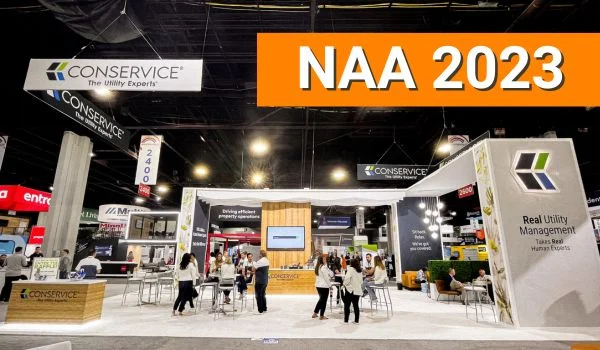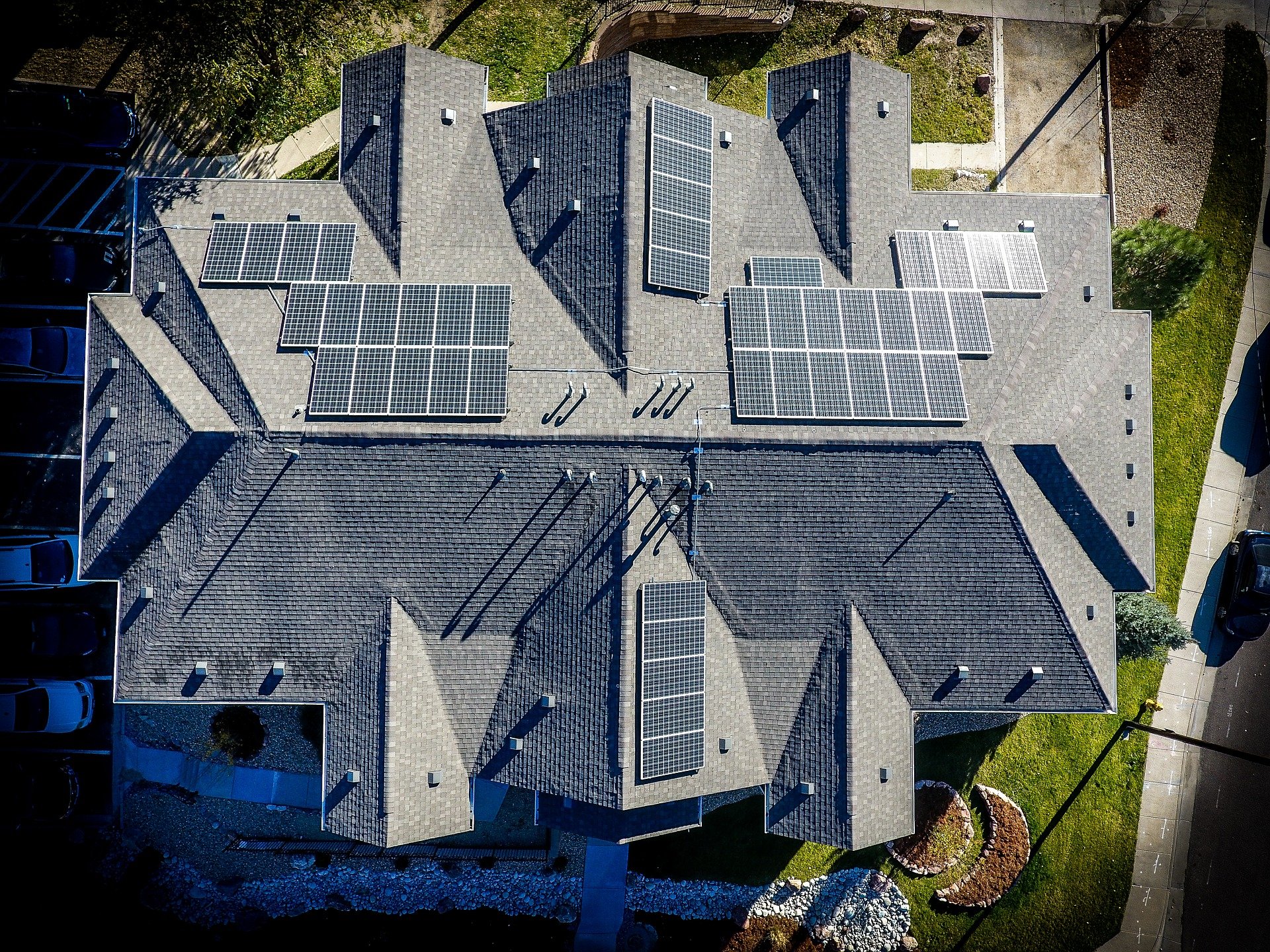Centralization. Google it as a business intelligence concept in 2023, and you’ll see a search engine results page with as many different definitions as there are entries. In the property management space, it’s joined its cousins “innovation,” “automation,” and “AI-assisted” on the list of popular tech buzzwords. And like its friends on the list, Centralization is buzzing for a reason.
It makes space and solves problems.
At NAA Apartmentalize this year, deep in the heart of Atlanta, Georgia, the vendor hall buzzed with the familiar carnival spread of industry titans and small hawking vendors. From pet waste DNA analysis to affordable housing redesigns and even one (outstanding) managed-utilities Conservice booth, vendors lined up to hawk their wares while the aisles flowed with property managers, landlords, and maintenance professionals.
But encircling that vendor hall, widely attended breakout sessions, think tanks, and sales meetings crunched industry trends and planned for the future. And again and again, the presentations orbited that nebulous concept: centralization.
It wasn’t what the conference was about. But the key takeaways from multifamily industry leaders—the widespread industry obstacles and areas of opportunity discussed—tended to orbit the term.
And what did all those meetings and presentations teach us about centralization? That it’s a marriage of process consolidation and AI-assisted automation. Essentially, for the multifamily industry, centralization involves moving away from individual, property-based leasing and operational teams and into centralized, automated regional locations to improve efficiencies and cut down costs.
It’s two key facets?
- Infrastructural: Consolidating teams and responsibilities in order to streamline collaboration and increase efficiency
- AI-assistance: The process of automating repetitive or menial tasks in order to free up humans to do the thinky-thinky work.
Staffing Shortages and Centralization
There’s nothing new under the sun, right? Utility providers all over the nation are inflicting mail delays and long hold times, industry vendors are haggling over talent, and as it turns out, property management firms across the board are struggling with employee turnover and/or recruiting. The post-covid employee runoff has slowly transformed our industry into a long war of attrition, and one of the solutions to that attrition appears to be centralization.
In a live poll at NAA (which was attended by more than ten thousand people, by the way), 88% of attendees said that staffing is their most significant challenge, and 61% indicated that turnover was increasing.

The fact is, the rise of entry level wages puts pressure on low to mid-tier positions throughout our industry. Now that we’re competing with fast food chains for the same pool of talent, multifamily has to differentiate its roles and responsibilities or prepare to offer substantially higher wages.
The key takeaway from several of NAA’s sessions this year was that centralization offers a meaningful solution to this issue for two different reasons:
Reason 1: Robots Can Fill the Gaps
Responsibilities like new prospect ingestion, initial tours, and resident qualification filtering has historically required a lot of manpower at a relatively low wage. According to several polls and presentations throughout the conference, the dearth of workers has made attending these critical responsibilities challenging, and higher level, better compensated employees have had to jump in to fill the gaps. It leads to less efficient processes, less productive talent, and inevitably a higher turnover rate as key employees seek work that meets their caliber.
AI-assistance and automation, like chatbots capable of moving new prospects through the qualification process automatically or Conservice’s own automated utility bill vetting, is sophisticated and reliable enough to step in where full time workers used to be required. This aspect of centralization—automating front end tasks, reduces the pressure on your team and helps you scale. A centralized body of automating tech is MUCH easier to leverage as your company grows than constantly increasing staff.
Learn how to automate and centralize your utilities.
Reason 2: Robot Friends Let Your Staff Do the Good Work
The fact is, today’s workforce is a lot less willing to engage with highly repetitive, high frequency work than in the past. A key aspect of centralization, maybe its most important benefit, is the increase in quality work it facilitates.
- Virtual tours help prospective residents filter out the units they’re not interested in before one of your talented team members commits to actually, physically walking them through a space.
- Managed-utilities services remove the repetitive, painstaking work of paying bills, auditing them for accuracy, and dealing with disconnects off of your accounting staff.
- Chatbots filter out the top 90% most common, easy-to-answer queries and make space for your professionals to engage with the more nuanced, interesting questions.
In another live poll, 61% of NAA attendees indicated that the facet of their business they’re most likely to automate first is prospect inquiries and lead nurturing. 38% indicated they’d like to automate ID and income verification. Either way, the net result would be a staff of workers more satisfied with their day-to-day work.

The Key Takeaway? Invest in Centralization.
The AI and automation arm of centralization has exploded into the multifamily industry. It’s a critical part of the new tech we’re developing for utilities management, and it’s become a staple component of almost every process our industry relies on. If you’re interested in how Conservice can help you centralize the ESG and utilities arm of your business, reach out to one of our Experts—they’re wizards.







